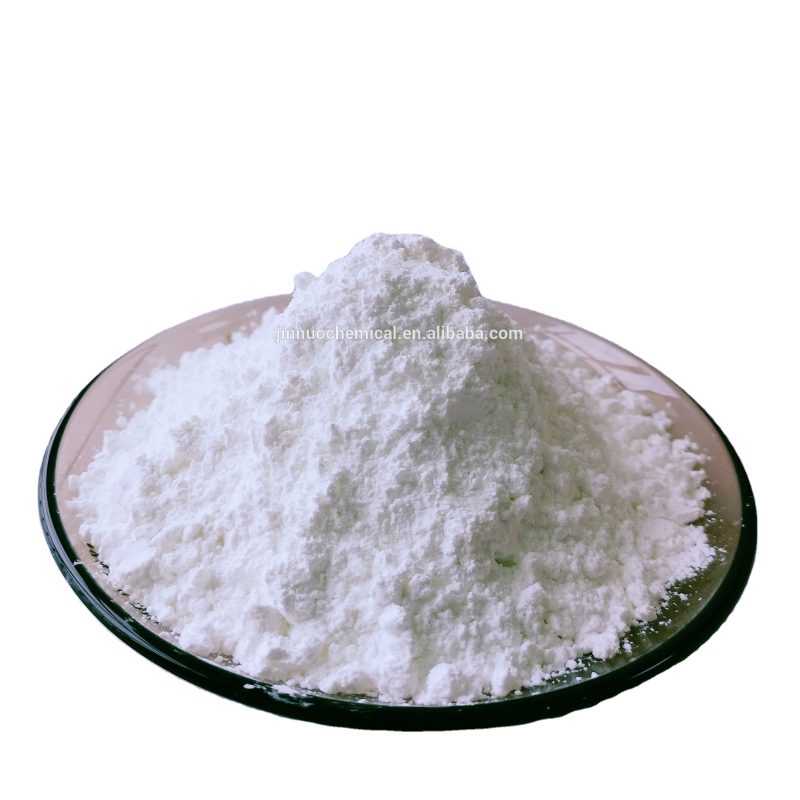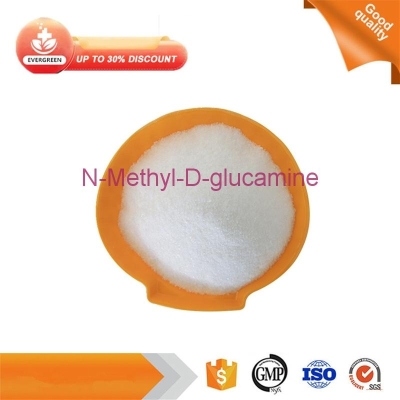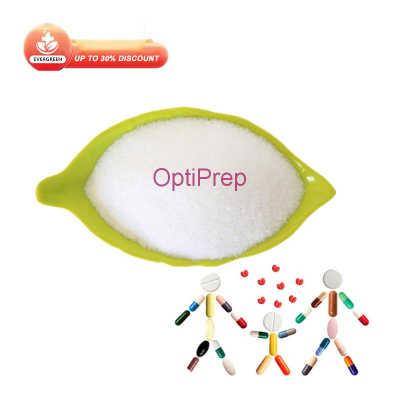-
Categories
-
Pharmaceutical Intermediates
-
Active Pharmaceutical Ingredients
-
Food Additives
- Industrial Coatings
- Agrochemicals
- Dyes and Pigments
- Surfactant
- Flavors and Fragrances
- Chemical Reagents
- Catalyst and Auxiliary
- Natural Products
- Inorganic Chemistry
-
Organic Chemistry
-
Biochemical Engineering
- Analytical Chemistry
- Cosmetic Ingredient
-
Pharmaceutical Intermediates
Promotion
ECHEMI Mall
Wholesale
Weekly Price
Exhibition
News
-
Trade Service
Ref:Renfrow JJ,et al.S Neurourg Int.
2018 Aug 3;9:155doi: 10.4103/sni.sni_105_18eCollection 2018."the pathological process of subcavity bleeding (aSAH) of aneurysmous copsy copsyneEarly treatment focuses on the treatment of aneurysms, followed by monitoring and treatment of potential complications to prevent secondary cerebral infarctionThe incidence and mortality of aSAH secondary vascular spasms and delayed cerebral ischemia (DCI) was close to 30%Early detection and treatment of vascular spasms and prevention of DCI are the focus of aSAH patients in intensive care unitsJaclyn JRenfrow of Neurosurgery at Wake Forest Baptist Medical Center in North Carolina reported in the August 2018 issue of Surg Neurol Int that the results of the study, which measured lactic acid levels of cerebral execitation (EVD) cerebrospinal fluid (CSF), predicted vascular spasms and patient prognosisthe retrospective study collected data on 51 aSAH and EVD patients in the authors' units from August 2010 to April 2015Patients collected cerebrospinal fluid through EVD and measured lactic acid levels within the first 10 days of onset Of the 51 cases, 33 (65%) were female; 39% were Hunt-Hess graded 3 and 88% of Fisher graded 4 11 cases (22%) were associated with ventricular haemorrhage Thirty-three (65%) ruptured aneurysms were found in the front cycle 29 cases (57%) of intravascular interventional embolism therapy for action pulsoma The lactic acid content of CSF was detected on average for 4 days after the patient developed symptoms, and the lactic acid value was 1.9 to 6.2mmol/L, with a median of 3.2mmol/L 5 cases of patient ventricular itis, common alpha-hemolytic streptococcus infection, were found in CSF culture The CSF lactic acid content of the 5 cases of ventritis was 2-3.7mmol/L, with a median of 2.5mmol/L Three of the cases were secondary symptomatic vascular spasms During the stay, TCD tests showed 29 cases (57%) of vascular spasms, of which 20 (39%) showed symptoms 35 cases (69%) had a good prognosis, which was given to discharge or rehabilitation Sixteen cases (31 per cent) of death or poor prognosis were sent to long-term care facilities single-variable analysis showed that the higher level of CSF lactic acid was related to age (r-0.37, P-0.007), the higher Fisher level at admission (r-0.41, P-0.003), and the higher Hunt-Hess score (r-0.45, P-001) and the higher Level of CSF Protein (r.41,P.004) at the time of admission The median content of CSF lactic acid was higher in patients with cerebral hemorrhage (P-0.005) and patients with poor prognosis at discharge (P-0.005) The risk of symptomatic vascular spasms increased with increased levels of CSF lactic acid, but was not statistically significant (P-0.077) divided patients into two groups based on Hunt-Hess scores, 0-2 in Group A and 3-5 in B The correlation between CSF lactic acid content and hospital Hunt-Hess score was analyzed by multivariable model, and 7 variables were analyzed by the gradual regression method, namely age, hospital admission Fisher grade, hospital hesscore, CSF protein, cerebral room hemorrhage, clinical prognostico and symptomatic vascular spasm, and 4 variables were retained for regression model analysis, and the results were found to be associated with vascular spasms The significant related factors were as follows: poor prognosis at discharge (P-0.02), CSF protein (P-0.04), hospital-Hunt-Hess score of 3-5 (P-0.05) and older (P-0.056); the final author noted that the study, which collected CSF levels of EVD in aSAH patients, failed to reflect a significant correlation with vascular spasms It is recommended to further carry out prospective studies of large samples, to measure the content and ratio of lactic acid and acetone acid, and to analyze the correlation with vascular spasms and long-term prognosis by using brain exome fluid frequently (The first hospital affiliated with Fujian Medical University
Peng Lei compiled, Liu Chonghong, of the First People's Hospital in Changshu City, Jiangsu Province, review, the editor-in-chief of "Outside Information", Fudan University affiliated Huashan Hospital Chen Guancheng Professor Final Review)







